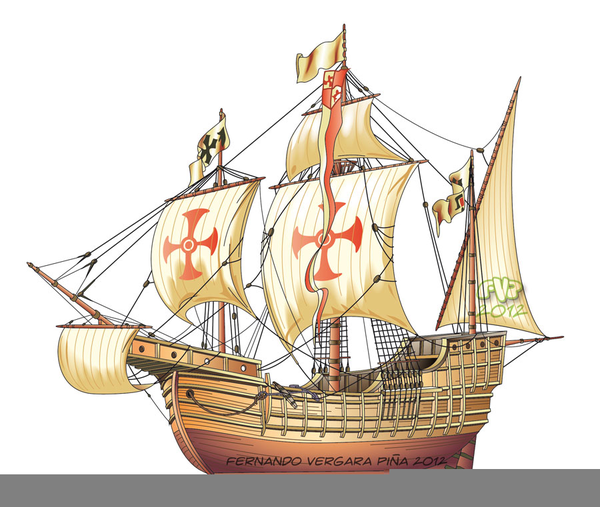


The Nina and the Santa Cruz carried more than 90 of them, including farmers and stockmen, crossbowmen, a priest, locksmith, miner and surgeon. Its total carrying capacity was 58 to 60 tons.įor this third voyage, Columbus had received permission to take as many as 330 persons to the Indies on royal salary. The ship appears, therefore, to have been 67 feet long, with a beam of 21 feet and a draft of just under 7 feet. Lyon calculated the Nina’s 1498 Indies lading at just over 52 tons. Also aboard for the colonists were olive oil, sardines, raisins and garlic.įrom a ship’s loaded cargo, it is possible to estimate the dimensions of its hold, and thus its hull. Caulkers worked 40 days on its deck and hull.įinally, the documents say, it was refitted and fully laden: 18 tons of wheat, 17 tons of wine in great pipe barrels, about 7 tons of sea biscuit, almost 2 tons of flour, more than 2,000 pounds of cheese and a ton of salt pork. The Nina received new sails, a new 200-pound anchor, and cartloads of planking. To pay his seamen, the documents disclose, Columbus used funds he was to have taken to Hispaniola, hoping to balance the books with gold to be found there. An angry Columbus recovered it.įinally preparing for his third voyage to the New World, Columbus decided to send the Nina and its companion ship Santa Cruz ahead to Hispaniola in early February, 1498, with much-needed supplies. The crew, through bribery, escaped and returned the ship safely to Spain. Next, apparently without Columbus’ approval, the Nina was sent to Rome on a commercial voyage in 1497 and was hijacked off the coast of Sardinia by a French pirate. Columbus thought the sand was a precious ore. The documents mention “Nina, which was remade in the Indies.” On her return to Spain in 1496, the Nina brought back New World goods: gold, wood, cotton and a barrel of sand.

In August, 1495, the sturdy Nina was badly damaged in a hurricane off the island of Hispaniola (now Haiti and the Dominican Republic). Convinced that Cuba was the Asia he sought, Columbus “aboard the caravel Nina, also known as Santa Clara,” on June 12, 1494, required all his crews to swear to their belief about reaching the Asian mainland. On the second voyage, which left Spain in September, 1493, the Nina was among the flotilla of 17 vessels. A five-year investigation by National Geographic magazine, also reported in its November issue, has concluded that the Nina, Pinta and Santa Maria first anchored in the New World at Samana Cay in the Bahamas in 1492. Most historians, including Lyon, believe the first- and second-voyage Ninas were one and the same.


 0 kommentar(er)
0 kommentar(er)
